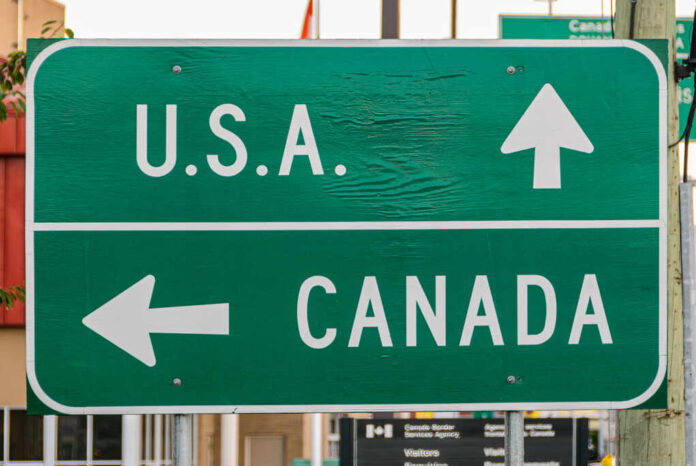
In an unprecedented ecological challenge, an advancing army of “super pigs” from Canada is poised at the U.S. border, compelling states like Minnesota, North Dakota, and Montana to bolster defenses against these hardy invaders. These feral swine, a robust crossbreed of wild Eurasian boar and domestic pigs, present a formidable threat to agriculture and native ecosystems.
Originating from an ill-fated farming trend in the 1980s, these pigs have thrived in the Canadian wilderness, exhibiting remarkable resilience against harsh winters and prolific breeding patterns. “They’re the most invasive animal on the planet,” says Ryan Brook, a University of Saskatchewan professor and leading expert. The animals’ high fertility rates mean that their numbers continue to surge even with significant culling.
With an estimated 6 million feral swine across 35 U.S. states causing approximately $2.5 billion in crop damages annually, the issue is already a significant economic burden. “The success rate for hunters is only about 2% to 3%,” Brook notes, emphasizing that traditional hunting methods have only made the pigs more elusive.
Exploding wild pig population on western Canadian prairie threatens to invade northern US state https://t.co/3FCRcwgKTo pic.twitter.com/92QhP2DyIt
— New York Post (@nypost) November 22, 2023
As northern states brace for potential incursion, sophisticated trapping systems, aerial surveillance, and rapid response to sightings are being prioritized. Montana has taken a stringent stance by banning the raising and transporting of wild pigs within its borders.
The USDA’s National Feral Swine Management Program, active since 2014, has made strides in states with emergent populations, though complete eradication remains elusive. “We’re making great strides toward success,” states assistant program director Mike Marlow.
In Minnesota, vigilant efforts led to the eradication declaration in 2016 after a feral group was dispatched. The state’s Department of Natural Resources is on high alert, with a report due in February that may reshape its management plan. The overarching strategy is clear: it demands aggressive, comprehensive action employing all available tools.
As Brook says, the spread of these “super pigs” is “an ecological train wreck” in motion. With Canadian and U.S. authorities in agreement, the situation underscores a critical need for cross-border collaboration to avert an environmental and agricultural crisis. With sightings already near the border, time is of the essence to prevent these formidable swine from establishing a foothold on American soil.
































